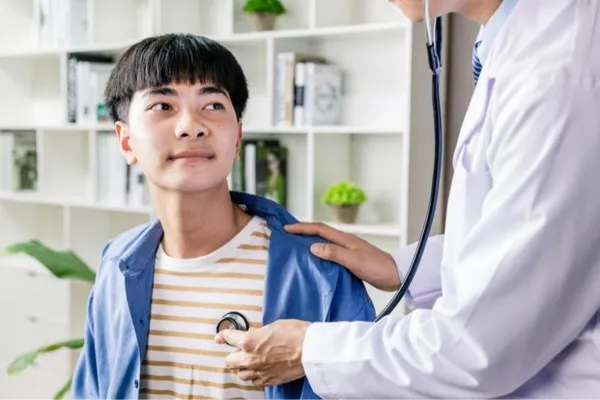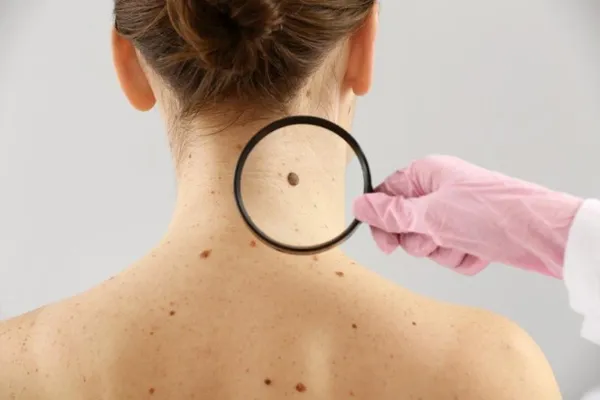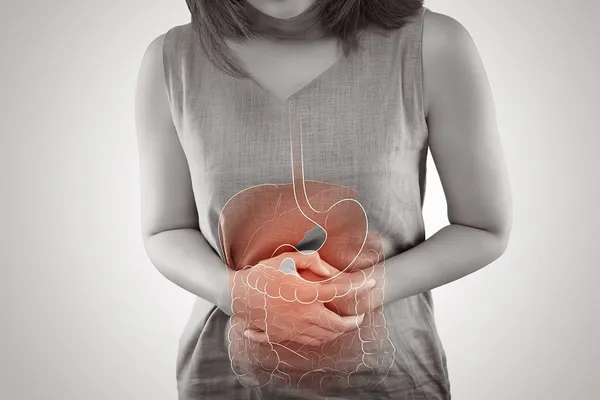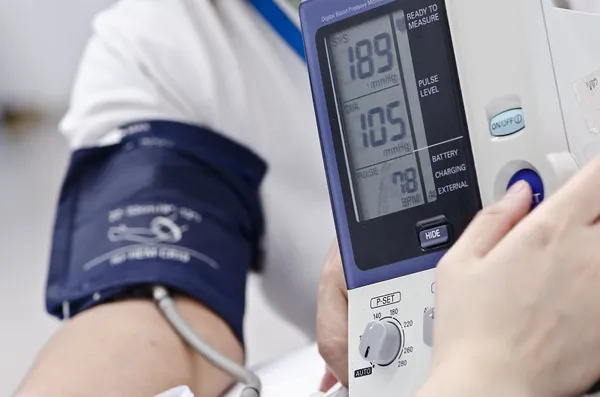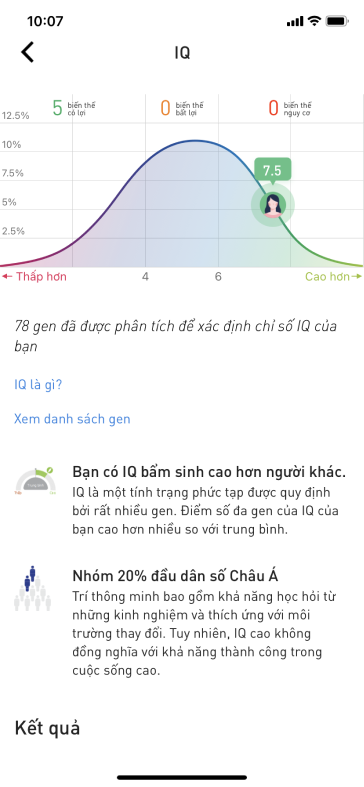Autism genetics, explained

Researchers have known that genes contribute to autism since the 1970s, when a team found that identical twins often share the condition. Since then, scientists have been racking up potential genetic culprits in autism, a process that DNA-decoding technologies have accelerated in the past decade.
As this work has progressed, scientists have unearthed a variety of types of genetic changes that can underlie autism. The more scientists dig into DNA, the more intricate its contribution to autism seems to be.
How do researchers know genes contribute to autism?
Since the first autism twin study in 1977, several teams have compared autism rates in twins and shown that autism is highly heritable. When one identical twin has autism, there is about an 80 percent chance that the other twin has it too. The corresponding rate for fraternal twins is around 40 percent.
However, genetics clearly does not account for all autism risk. Environmental factors also contribute to the condition — although researchers disagree on the relative contributions of genes and environment. Some environmental risk factors for autism, such as exposure to a maternal immune response in the womb or complications during birth, may work with genetic factors to produce autism or intensify its features.
Is there such a thing as an autism gene?
Not really. There are several conditions associated with autism that stem from mutations in a single gene, including fragile X and Rett syndromes. But less than 1 percent of non-syndromic cases of autism stem from mutations in any single gene. So far, at least, there is no such thing as an ‘autism gene’ — meaning that no gene is consistently mutated in every person with autism. There also does not seem to be any gene that causes autism every time it is mutated."
Still, the list of genes implicated in autism is growing. Researchers have tallied 65 genes they consider strongly linked to autism, and more than 200 others that have weaker ties. Many of these genes are important for communication between neurons or control the expression of other genes.
How do these genes contribute to autism?
Changes, or mutations, in the DNA of these genes can lead to autism. Some mutations affect a single DNA base pair, or ‘letter.’ In fact, everyone has thousands of these genetic variants. A variant that is found in 1 percent or more of the population is considered ‘common’ and is called a single nucleotide polymorphism, or SNP.
Common variants typically have subtle effects and may work together to contribute to autism. ‘Rare’ variants, which are found in less than 1 percent of people, tend to have stronger effects. Many of the mutations linked to autism so far have been rare. It is significantly more difficult to find common variants for autism risk, although some studies are underway.
Other changes, known as copy number variations (CNVs), show up as deletions or duplications of long stretches of DNA and often include many genes.
But mutations that contribute to autism are probably not all in genes, which make up less than 2 percent of the genome. Researchers are trying to wade into the remaining 98 percent of the genome to look for irregularities associated with autism. So far, these regions are poorly understood.
Are all mutations equally harmful?
No. At the molecular level, the effects of mutations may differ, even among SNPs. Mutations can be either harmful or benign, depending on how much they alter the corresponding protein’s function. A missense mutation, for example, swaps one amino acid in the protein for another. If the substitution doesn’t significantly change the protein, it is likely to be benign. A nonsense mutation, on the other hand, inserts a ‘stop’ sign within a gene, causing protein production to halt prematurely. The resulting protein is too short and functions poorly, if at all.
How do people acquire mutations?
Most mutations are inherited from parents, and they can be common or rare. Mutations can also arise spontaneously in an egg or sperm, and so are found only in the child and not in her parents. Researchers can find these rare ‘de novo’ mutations by comparing the DNA sequences of people who have autism with those of their unaffected family members. Spontaneous mutations that arise after conception are usually ‘mosaic,’ meaning they affect only some of the cells in the body.
Can genetics explain why boys are more likely than girls to have autism?
Perhaps. Girls with autism seem to have more mutations than do boys with the condition. And boys with autism sometimes inherit their mutations from unaffected mothers. Together, these results suggest that girls may be somehow resistant to mutations that contribute to autism and need a bigger genetic hit to have the condition.
Is there a way to test for mutations before a child is born?
Clinicians routinely screen the chromosomes of a developing baby to identify large chromosomal abnormalities, including CNVs. There are prenatal genetic tests for some syndromes associated with autism, such as fragile X syndrome. But even if a developing baby has these rare mutations, there is no way to know for sure whether he will later be diagnosed with autism.
Reference: https://www.spectrumnews.org/news/autism-genetics-explained/









